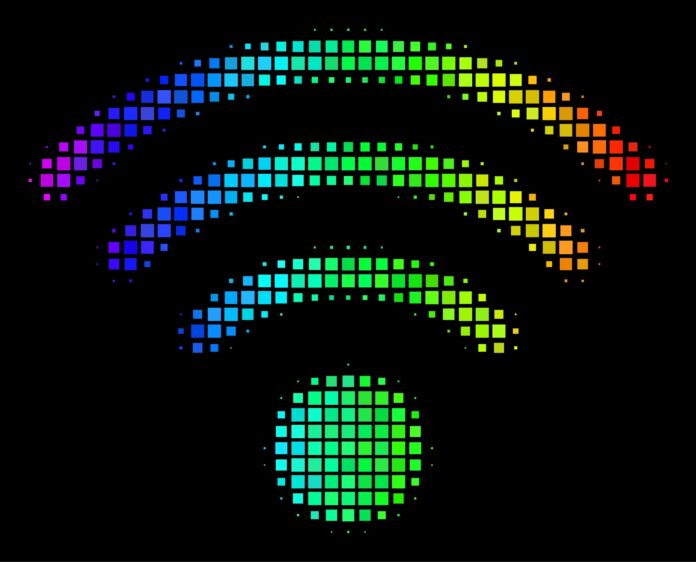The use of mmWave links in Wi-Fi 8 is expected to deliver higher bandwidth and data rates
Even though the certification for Wi-Fi 8, or 802.11bn, is still several years away, vendors and standards bodies are already formulating plans around what Wi-Fi 8 will be and what features will be included. Many of these features remain uncertain; however, the use of millimeter wave (mmWave) links has been proposed, which proponents say will deliver higher bandwidth and data rates.
mmWave in Wi-Fi 8—the promise
In fact, some claim that the use of mmWave in Wi-Fi 8 will support data rates of up to 100 Gbps. A research paper called Wi-Fi 8: Embracing the Millimeter-Wave Era referred to the incorporation of mmWave bands in Wi-Fi 8 is a “natural progression,” writing that it will enable advanced communications applications like virtual and augmented reality.[1]
“The most important benefit of mmWave is high throughput and low latency. In addition, high frequency communication will naturally reduce the delay of each communication and allow for a substantial increase in frequency division multiplexing. In this way, each link can individually use a portion of the spectrum without interfering with each other and QoS is guaranteed in very dense environments. mmWave will also address the lack of 6 GHz band for Wi-Fi in some countries, providing a strong lighthouse client feature and solutions for the development of integrated communications and sensing,” the paper continued.
mmWave is also expected to improve the performance of Wi-Fi in high-node density environments like stadiums and other large venues.
mmWave in Wi-Fi 8—the problem
While the use of this high-frequency band in the next generation of wireless technology is exciting and has the potential to deliver on the promise of higher bandwidth and throughout, implementing mmWave under current sub-7 GHz protocols and with today’s hardware won’t be particularly easy. Hardware impairments and issues around compatibility are expected, and therefore, testing and validation will prove absolutely critical as vendors develop their Wi-Fi 8 products and solutions.
The anticipated impact, however, appears to outweigh the challenges, according to Liu, X., Et al: “The significance of this technology could lead to a unique certification, potentially known as Wi-Fi 8E, emphasizing the crucial role of mmWave technology in the future of wireless communication,” the paper stated.
Another important potential Wi-Fi 8 feature is Multi-Access Point Coordination (MAPC), which builds upon the network management improvements of previous generations of Wi-Fi. Find out more here.
[1] Liu, X., Chen, T., Dong, Y., Mao, Z., Gan, M., Yang, X., & Lu, J. (2023, September 28). Wi-Fi 8: Embracing the Millimeter-Wave Era. arXiv.org. https://arxiv.org/abs/2309.16813

